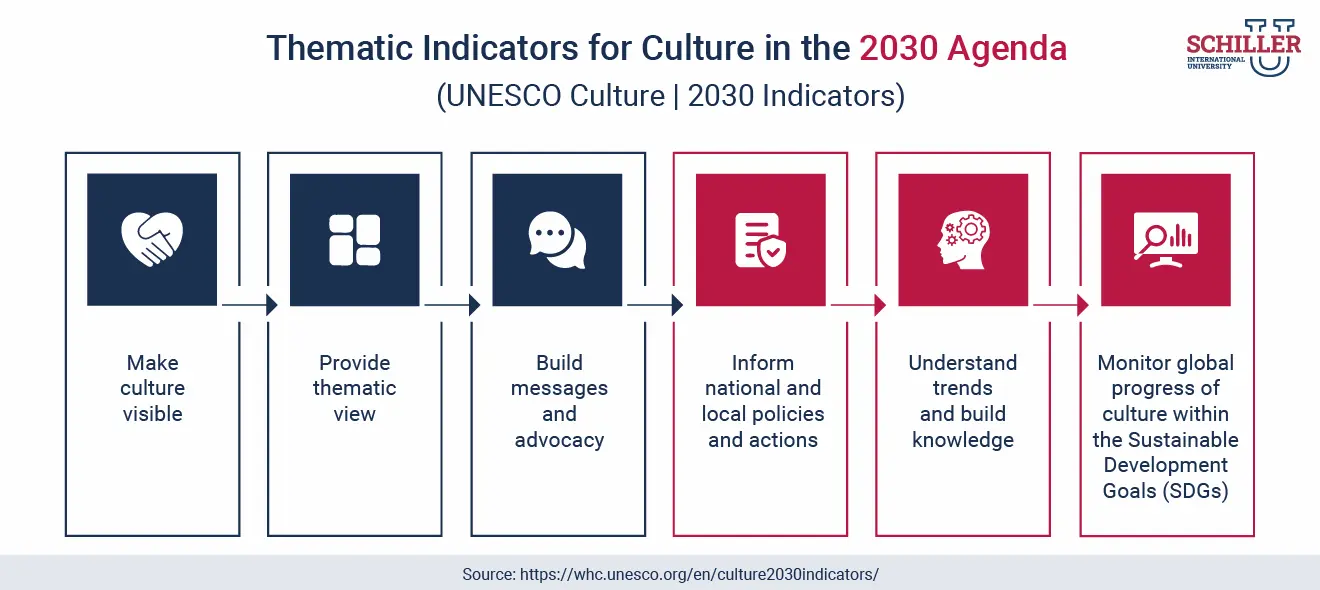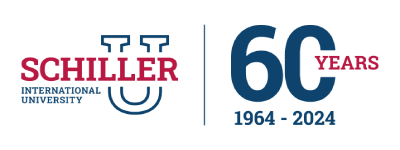People move, study, and work across borders more freely than ever before. The result is a world where classrooms, offices, and cities are an amalgamation of various languages, traditions, and perspectives that once existed continents apart. This mix of people and ideas is what we call cultural diversity. It reflects how different backgrounds, beliefs, and ways of life come together in one shared space.
Cultural diversity matters because it shapes how individuals understand one another. It builds connections through curiosity and respect, and it reminds us that learning happens not only from books but also from the people around us.
Understanding Cultural Diversity
Cultural diversity refers to the presence of multiple cultural groups within a community, institution, or organization. It can be seen in the variety of languages spoken, festivals celebrated, cuisines enjoyed, and values expressed. But more than the visible symbols, diversity is about how people think, communicate, and solve problems in different ways.
According to the Migration Policy Institute, 304 million people live outside the country where they were born. This movement of people has created societies where difference is no longer the exception but the norm. In universities and workplaces alike, this mix of perspectives is a source of creativity and strength.
Benefits of Cultural Diversity
When people from diverse backgrounds learn together, their minds stretch beyond the familiar. They are exposed to new ideas, alternative viewpoints, and ways of reasoning that challenge their assumptions.
- In education, this leads to stronger critical thinking, deeper discussions, and a more open exchange of ideas. Students who interact in multicultural classrooms develop better problem-solving and communication skills. They learn how to listen, respond with empathy, and build understanding even when they disagree. These abilities remain valuable long after graduation.
- In a McKinsey report, companies that focus on diversity are 39% more likely to perform better if they have a lot of ethnic diversity compared to those with less diversity. Employers value graduates who can adapt to different cultural settings, manage international projects, and approach challenges with a global perspective. Cultural awareness is no longer a soft skill but a professional strength.
Multiculturalism in Classroom
Multicultural classrooms mirror the world outside. It is a place where students bring stories, languages, and traditions that shape how subjects are understood and discussed.
- A project on global economics might include insights from students raised in different financial systems. A debate about ethics could draw from religious or cultural frameworks that vary widely.
- Such diversity creates a dynamic form of learning. It encourages students to view subjects not as fixed truths but as ideas that can be seen from many angles.
- Cultural awareness grows naturally in this setting. Students become aware of how their own experiences influence their perceptions, and they learn to value perspectives different from their own.
- Teachers also play a role in this environment. When they create space for every voice, they build confidence and inclusion. The result is not only better academic performance but also stronger human connections.
Why Cultural Diversity is Important Globally
Diversity strengthens the fabric of societies. Communities that value different voices are more likely to remain peaceful and cooperative. The United Nations Educational, Scientific, and Cultural Organization (UNESCO) notes that inclusive education systems help build social cohesion and reduce inequality.
- In global business, diversity leads to innovation and adaptability. Teams that bring together varied cultural insights tend to design better products and communicate more effectively with international customers.
- In research and diplomacy, cross-cultural understanding helps address shared challenges such as climate change, migration, and public health.
Cultural diversity, then, is not simply about fairness or representation. It is a foundation for growth, creativity, and cooperation across borders.

Schiller’s Multicultural Learning Environment
Schiller International University is built around this understanding of diversity. With campuses in Tampa, Madrid, Paris, and Heidelberg, our students study and live in different cultures while completing their degree. Our intercampus mobility program gives students the chance to move between locations, gaining first-hand experience of life in new environments while continuing their studies seamlessly.
More than 130 nationalities are represented across Schiller’s community. Students collaborate on projects that reflect their varied experiences and worldviews. In classrooms and campus spaces, cultural differences are not barriers but sources of perspective and growth.
For many, this experience changes the way they see the world. A student who begins in Madrid may spend a semester in Paris or Heidelberg, learning, adapting, and adopting new languages and ways of life. These transitions teach empathy in ways lectures alone cannot. Each campus becomes a new chapter in discovery, shaping students into individuals who are confident of working anywhere in the world.
At Schiller, our approach is not about promoting diversity as an idea but about living it as a practice. We prepare you to lead with understanding and to approach every culture with respect and curiosity.
Developing Cultural Competency
Cultural competency grows from experience and reflection. It begins when you make the effort to understand the customs, values, and communication styles of others. Simple actions can make a lasting difference: listening carefully, asking thoughtful questions, learning another language, or taking part in events that celebrate different cultures.
Universities and institutions that support these experiences help students develop into global citizens. Workshops on intercultural communication, student exchanges, and international internships all play a role in building this awareness. Through such engagement, you will learn that differences do not divide; they enrich.
At Schiller, cultural competency is a daily experience. From shared projects to campus activities, our students learn from one another in environments that value openness and collaboration. The friendships they form across continents often last well beyond graduation, shaping their outlook on the world and the kind of professionals they become.
Embracing Diversity for a Global Mindset
Cultural diversity reminds us that every person carries a story shaped by family, history, and place. When these stories meet, they create new understanding. In education, this exchange builds empathy and a broader sense of identity. In society, it fosters cooperation and peace.
Students who study in multicultural settings carry these lessons into their future careers and communities. They learn to see connections where others might see differences, to listen before judging, and to work together toward shared goals.
Schiller International University embodies this principle by giving you the opportunity to learn across cultures, languages, and countries. The experience will help you gain more than academic knowledge. It will nurture an awareness within you that the world is wide, that every perspective adds value, and that true education is measured not only by what one knows but by how one understands others.
FAQs
Q1. What is cultural diversity, and why is it important in education?
Answer: Cultural diversity is the presence of people from varied cultural and social backgrounds in one environment. In education, it allows students to learn from different perspectives, develop empathy, and understand global contexts beyond their own experiences.
Q2. How does multiculturalism benefit students in the classroom?
Answer: Multiculturalism encourages open dialogue, critical thinking, and respect for differing viewpoints. Students learn to collaborate across cultural lines. It allows them to improve their communication skills and broaden their understanding of the world.
Q3. What are the advantages of cultural diversity for global careers?
Answer: Cultural diversity builds adaptability, cultural intelligence, and effective communication. Graduates who can successfully find their way around diverse teams and international work settings are better prepared for leadership roles.
Q4. How can students develop cultural awareness and competency?
Answer: Students can build cultural awareness by engaging with people from different backgrounds, learning new languages, attending intercultural workshops, and studying abroad. To develop true multicultural competency, you must reflect on your actions, show curiosity, and develop empathy.
Q5. How does Schiller International University foster a multicultural learning environment?
Answer: At Schiller, we bring together students from over 130 nationalities across our campuses in Tampa, Madrid, Paris, and Heidelberg. Through our intercampus mobility program, you can experience different cultures first-hand, gain global awareness, and practical cross-cultural skills that will prepare you for international careers.

 Request information
Request information









